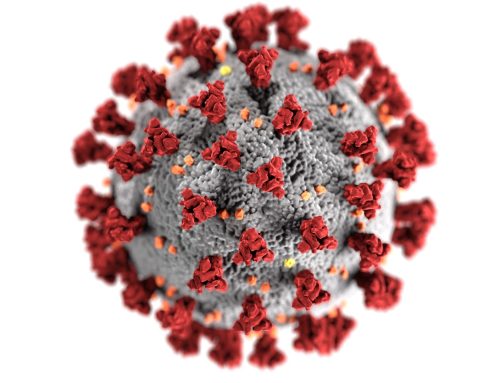Individuals who experience allergy symptoms at certain times of the year, like spring, likely have seasonal allergies. Those who experience allergy symptoms all year may need to see an allergist, as there could be an external factor they need to address.
Can Allergies Last All Year?

Image via Flickr by stockcatalog
Seasonal allergies typically don’t last year-round. These common allergies are often a reaction to high pollen counts in the area or other outdoor stimuli. Common symptoms of these allergic reactions include:
- Sneezing.
- Runny nose.
- Stuffy nose.
- Coughing.
- Itchy or watery eyes.
- Headache.
- Fatigue.
If an individual experiences these symptoms in only some season, particularly spring and summer, they may have seasonal allergies. Individuals can treat seasonal allergies by limiting their exposure to the outdoors, tracking pollen counts, and keeping indoor air pure. If an individual’s allergic reaction and symptoms last longer than a few weeks, they may have an indoor allergy. These nonseasonal allergies can vary in severity and symptoms. Those who experience allergy symptoms year-round may have an indoor allergic trigger.
Possible Indoor Allergy Triggers
The symptoms of indoor and outdoor allergies are typically the same, so the primary difference between the two is their causes. Here are some common indoor allergy triggers that may affect someone:
- Mold.
- Insects.
- Pet dander.
- Indoor plants.
Mold
Mold is a common indoor allergy trigger. It’s a fungus type that usually grows on food and in damp areas. such as bathrooms, basements, and kitchens. To prevent mold, individuals should ensure their living spaces are allergy-proof and have good ventilation. It also helps to keep any drains within the home clean. In areas that are often damp, such as a basement, individuals may use a dehumidifier to discourage the mold growth. Those who suspect considerable mold within their living spaces should consider calling a professional (professional what – an exterminator, house cleaner) to help manage the spread.
Pet Dander
Pet dander is dandruff that animals with fur or feathers may shed. Different types of pet dander may trigger allergies more than others. If an individual who has or wants a pet suspects they have this allergy, they might consider taking additional steps to ensure their living environment is clean. For example, bathing pets regularly can limit the amount of dander that the pet sheds, and vacuuming often can limit the amount of dander in living areas. Individuals with this allergy who want to adopt a pet might also consider hypoallergenic breeds, such as sphinx cats or poodles.
Insects
There are several types of insects that may invade a home and trigger an allergic reaction, such as cockroaches or dust mites. The steps one takes to prevent these infestations can depend on the type of bug they’re allergic to. For cockroach infestations, individuals should cover trash cans and avoid leaving out food. For dust mites, individuals may put plastic covers over their mattresses and vacuum daily. If an individual recognizes an infestation in their home, they might consider calling an exterminator.
It’s often helpful for people who experience allergies to visit a JCMC provider. Visiting an allergist can help individuals discover a treatment plan that works for them. Find an allergist near you now at https://jcmchealth.com/services/allergy/.






